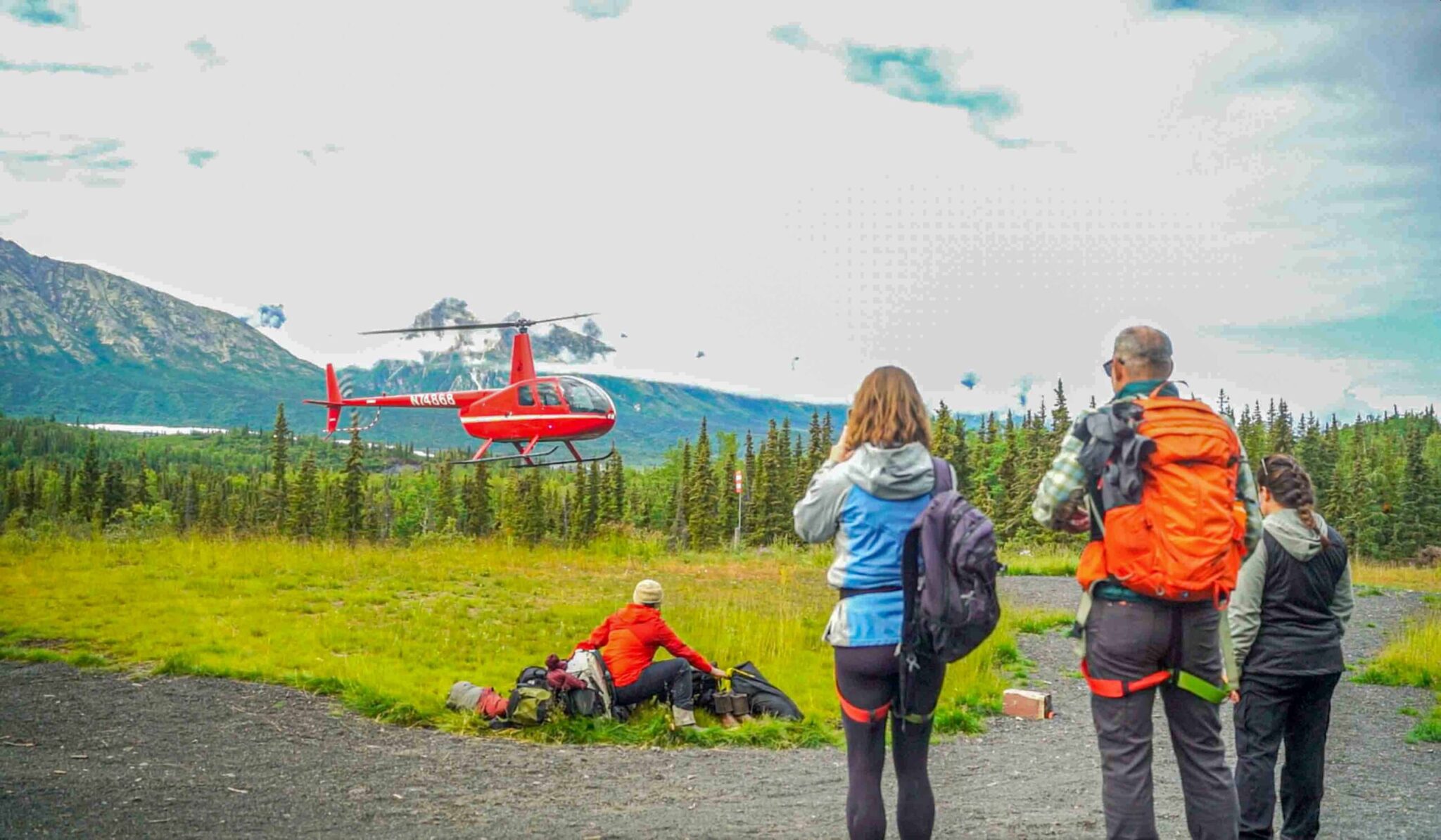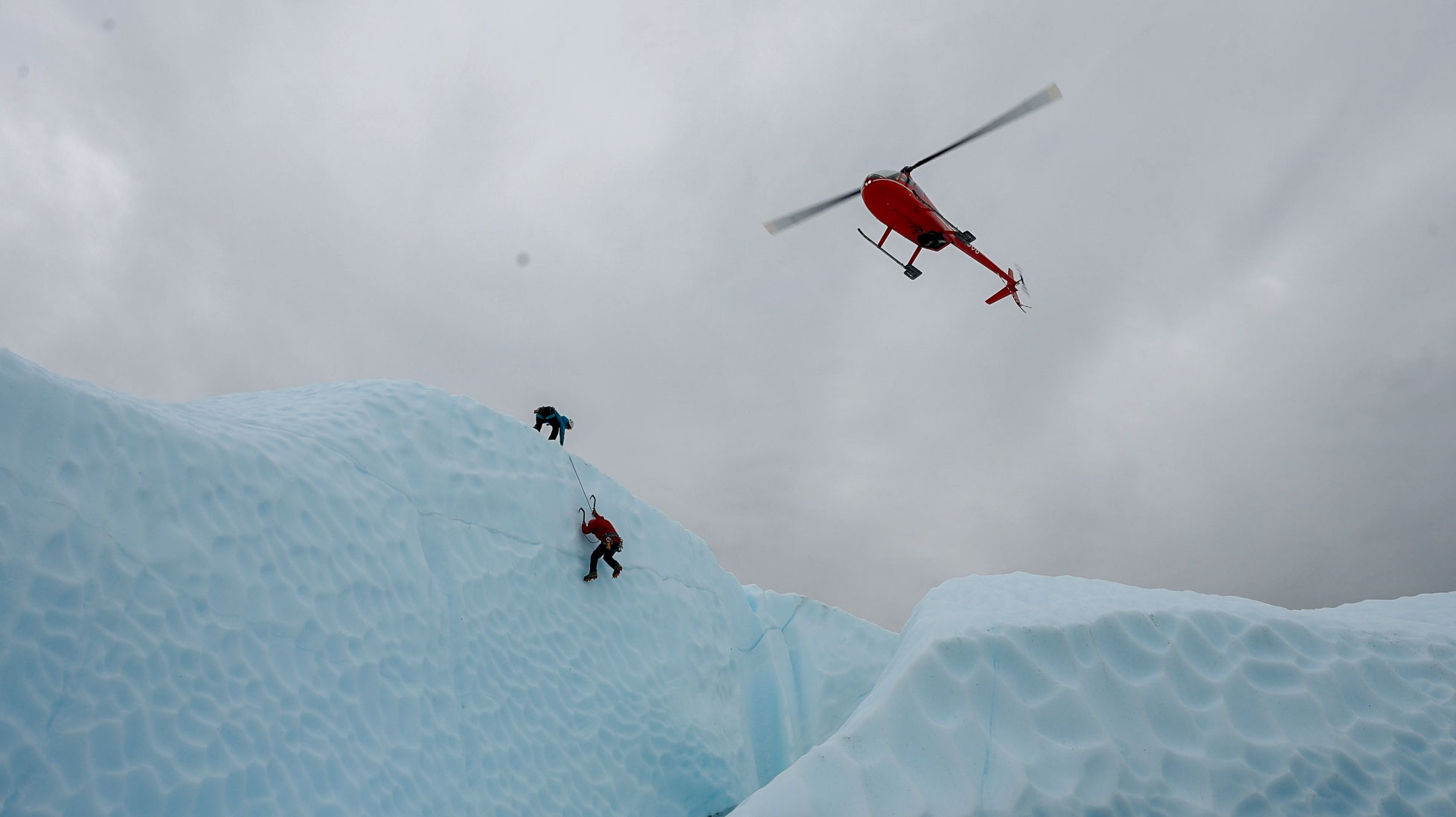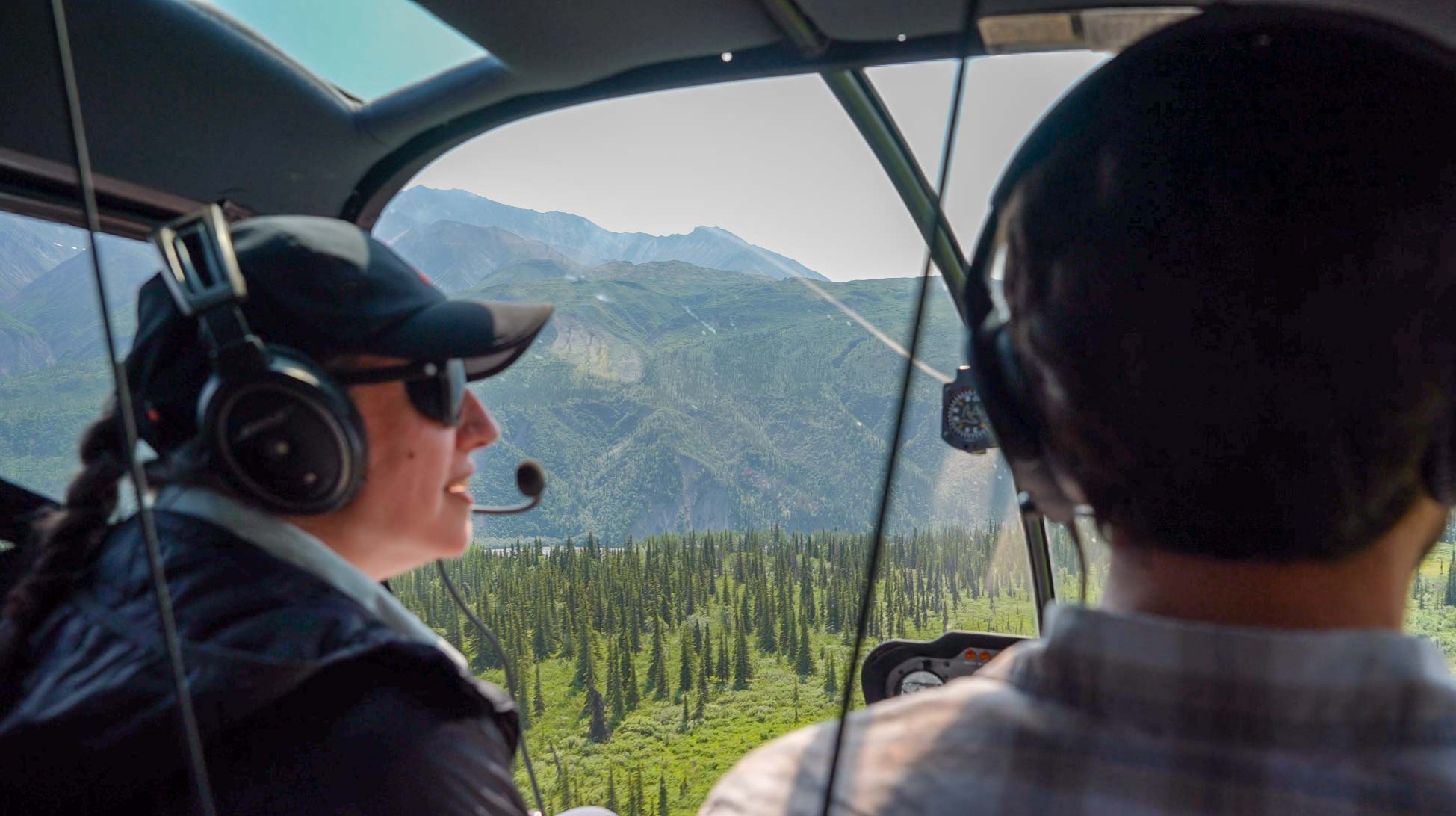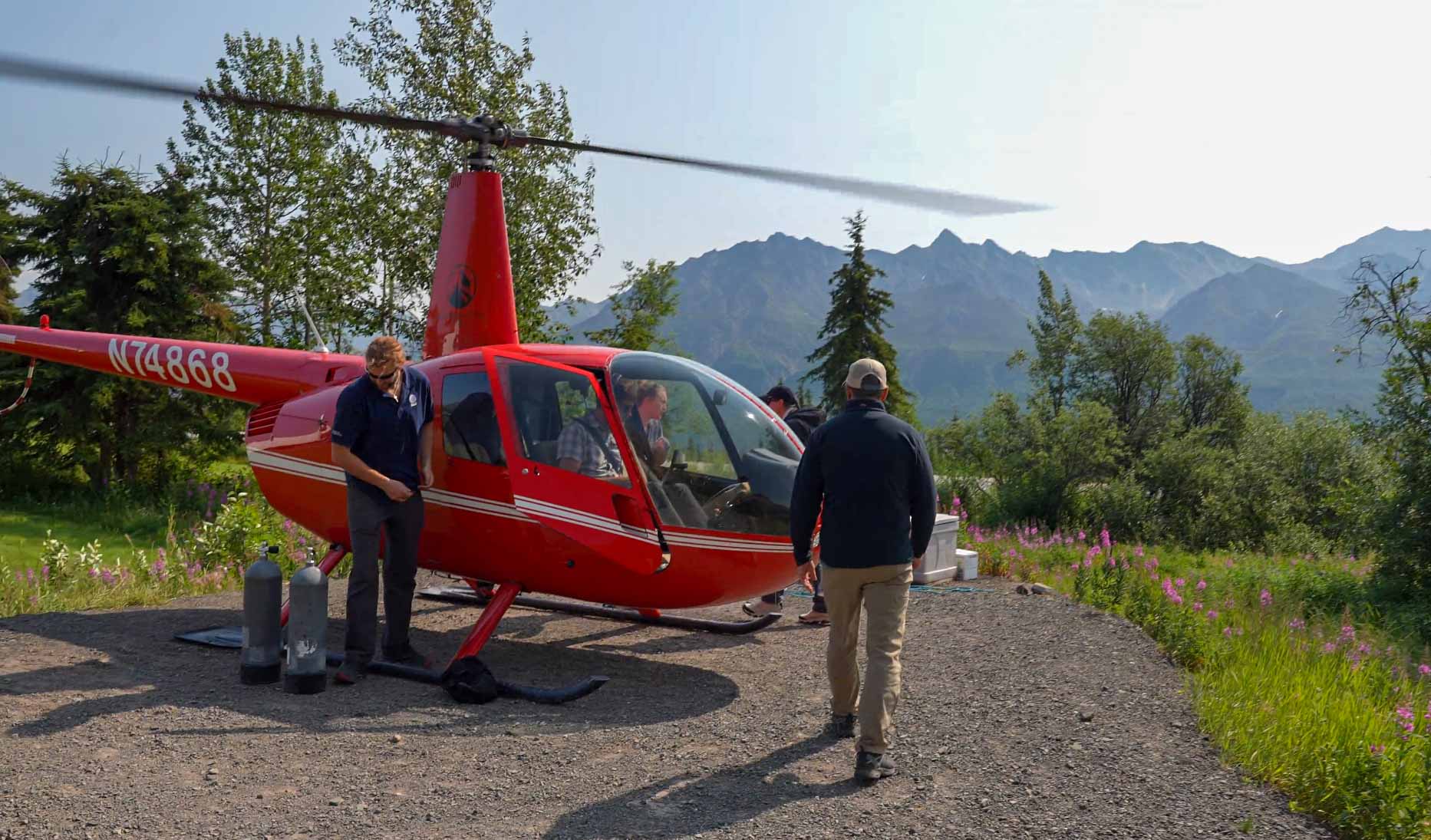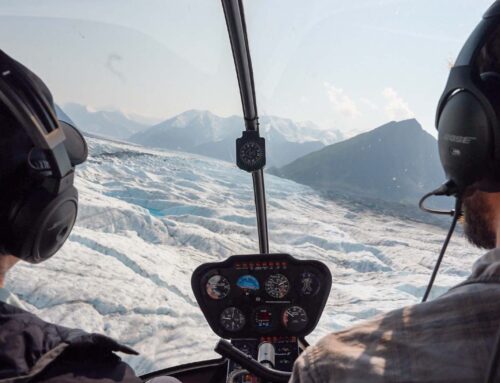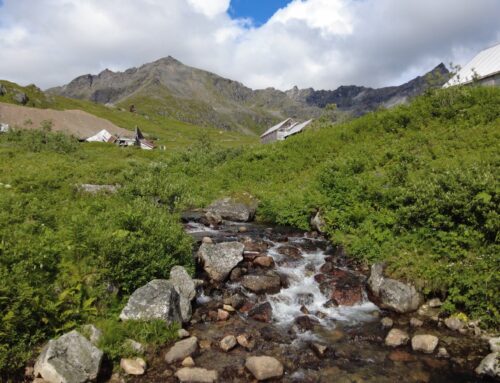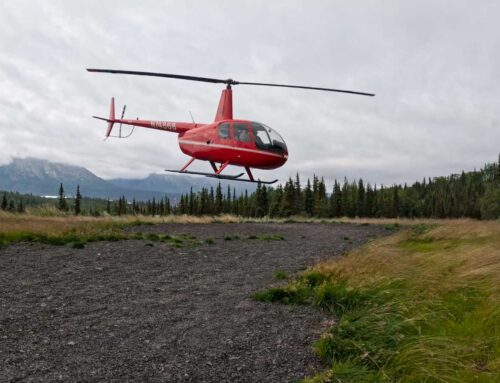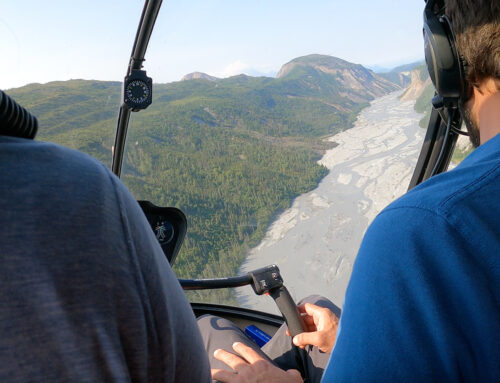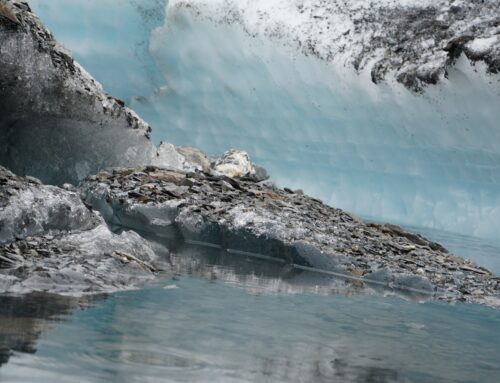How Alaska Helicopters Fly
When it comes to traveling, some prefer the method of taking flight. When it comes to traversing the air, there are a few different ways to navigate. Some engineering, like airplanes and gliders, operate with stationary wings. Other modes of navigation, like hot air balloons and zeppelins, use the changing of gases to find lift. So what sets helicopters apart from these other aircrafts? A few things; they use rotation, moveable wings, and differing dynamics of how lift is achieved so they can quickly and swiftly take flight.
Lift
Lift is the force that holds an aircraft in the air. This is achieved by a solid material moving through a fluid one. The helicopter is the moving object that is moving through a fluid substance, air. The wings of helicopters are curved on the top and flatter on the bottom. This design combined with the speed of rotor blades (wings) is what creates lift for helicopters. When helicopters increase the speed of the blades they are able to create a higher flow of air over the rotor than under. This causes suction and the wings to move upward.
Rotation
Unlike most airplanes that use acceleration for flight, helicopters are able to use an up and down motion to achieve lift. This is because the rotor blades are able to displace air both up and down dependent on the rotational speed of the blades. If the rotation slows, the helicopter loses lift, and if the rotational speed increases, lift increases. Thus helicopters are able to navigate different terrains and areas that other air vehicles cannot. Helicopters are able to take off without a runway, offer shipping to boats at sea, and used for rescue operations. They are used and specialized in military applications and can be found in vacation settings as well. This engineering has a wide array of uses. (NASA)
Wings
Helicopters have two rotor systems; the main rotor system and the tail rotor system. Both of the systems are pushing air quickly over the rotor so that lift can be achieved. The main rotor system creates lift, while the tail rotor system reduces torque and helps to propel the aircraft. These ‘wings’, or blades, are long and narrow airfoils. Helicopters can have anywhere from two to seven blades. The minimum for a helicopter to have effective flight is two blades (Smithsonian).
Helicopters in Alaska
Alaska is known for it’s rugged terrain and beautiful landscapes. Being able to travel by helicopter in Alaska can take you close to some of the most pristine spaces and easily navigate you into remote areas. With the ability to hover and quickly ascend, descend, and move from side-to-side helicopters are able to explore areas that airplanes cannot. Helicopters can fly into canyons, closer to water features, and more easily navigate the quick and variable changes of air currents.
With factors like tidal air currents, glacial winds, and alpine weather systems, helicopters might be one of the better ways to explore while in Alaska. In most helicopters you have more window space to view from, more points of access for entry and exit, and the engineering for quick and swift movement while in flight.

